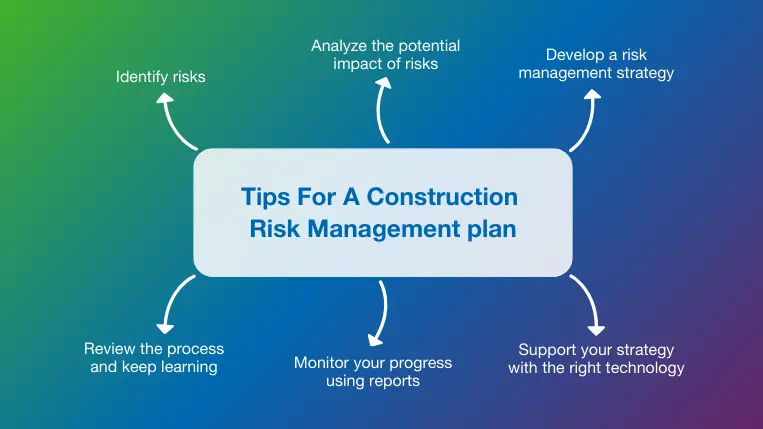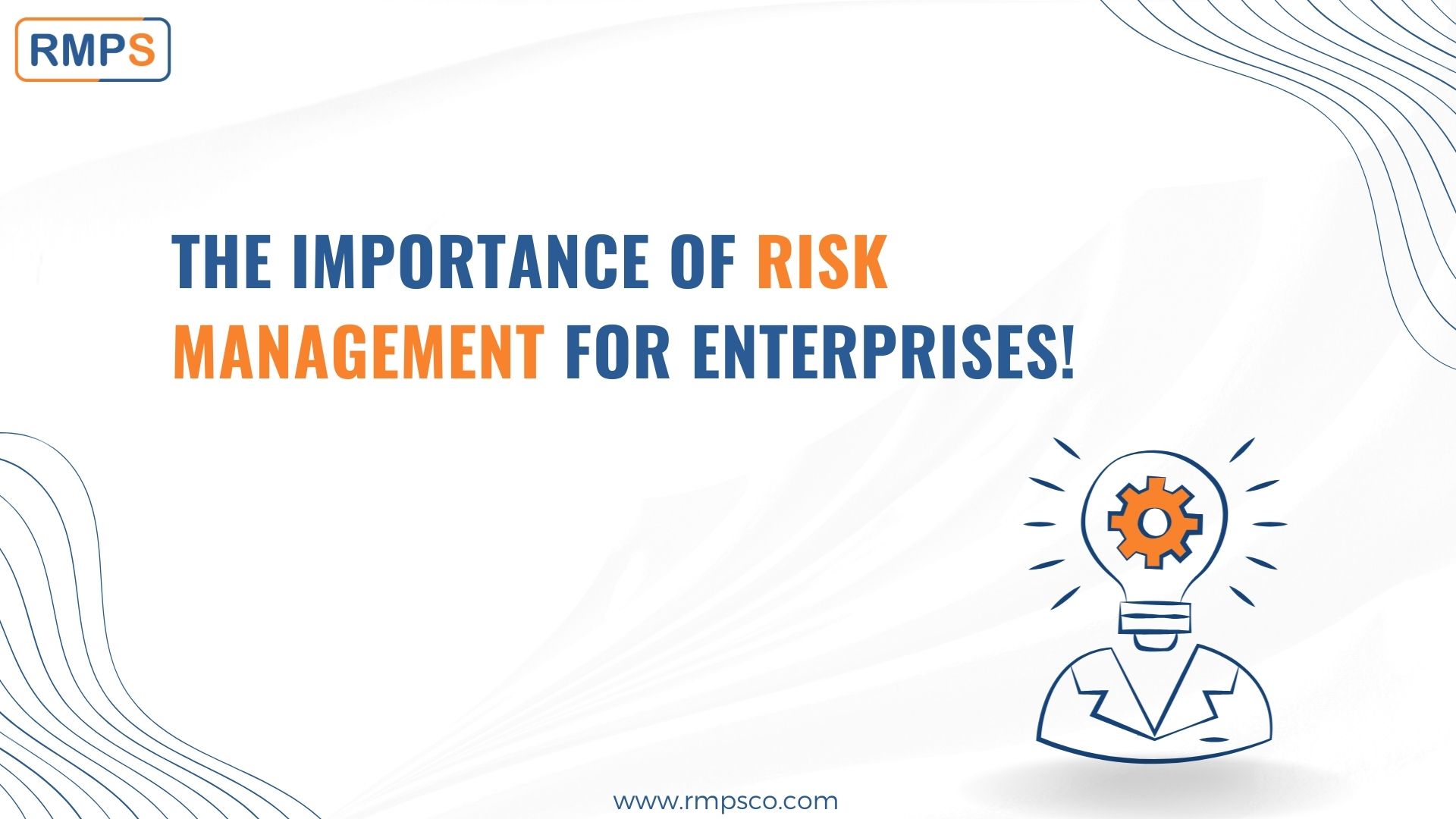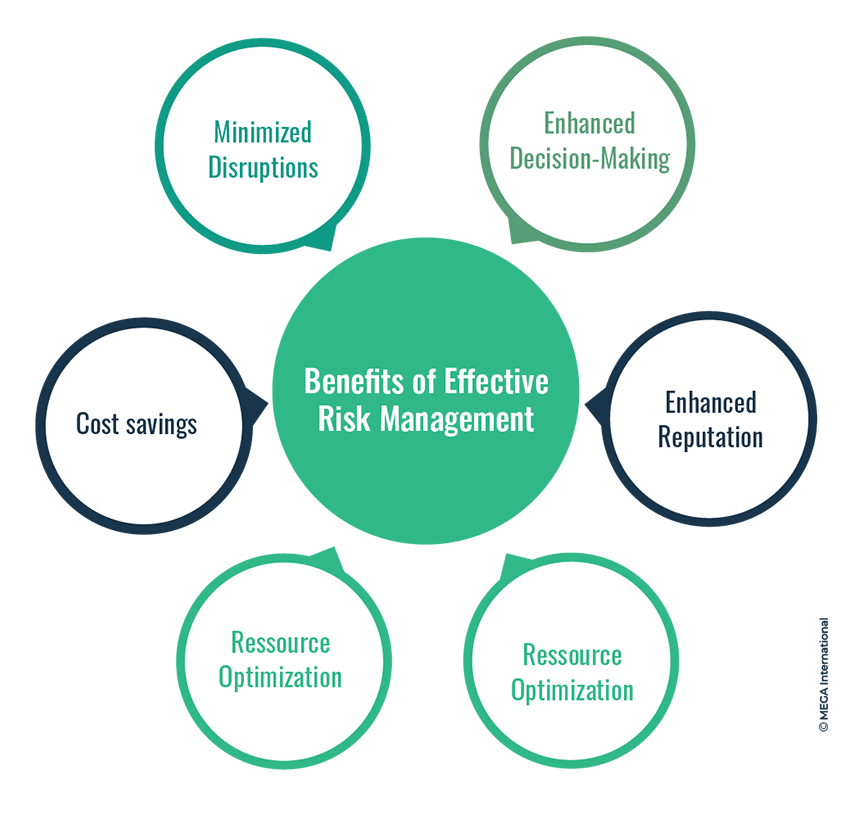How the Importance of Risk Management Shapes Powerful Leadership
The Significance of Understanding the Importance of Risk Management in Various Industries

The Core Idea of Risk Management and Its Objective
Risk Management, the keystone of many markets, pivots on the recognition, assessment, and reduction of uncertainties in a business environment. It is an integral practice that permits organizations to guard their properties, track record, and general survival. By appropriately recognizing potential risks, businesses can establish strategies to either avoid these dangers from happening or minimize their influence. The analysis procedure involves evaluating the likelihood and prospective intensity of these dangers. When risks have actually been recognized and examined, the mitigation procedure involves devising strategies to reduce their possible effect. This process is intermittent and continuous, making certain that organizations are gotten ready for the ever-changing nature of Risk in various markets. The key objective, therefore, is to foster durability amidst uncertainties.
Benefits of Applying Risk Management in Service Operations

Introducing the Duty of Risk Management in Different Industries
While every sector faces its unique set of threats, the application of Risk Management strategies remains a common in their search of sustainability and development. In the healthcare field, Risk Management requires making certain person security and data security, while in financing, it entails mitigating financial investment threats and making sure regulatory conformity. Inevitably, the function of Risk Management throughout sectors is to recognize, examine, and reduce dangers.
Real-life Study Showing Effective Risk Management
To recognize the importance of Risk Management in these lots of fields, one can aim to several real-life circumstances that highlight the effective application of these actions. For circumstances, in the energy market, British Petroleum established Risk mitigation prepares post the 2010 Gulf of Mexico oil spill. They executed much better safety treatments and more stringent laws which substantially reduced additional accidents. Similarly, in money, Goldman Sachs successfully browsed the 2008 monetary dilemma by identifying possible mortgage-backed protections dangers early. Finally, Toyota, post the 2011 quake in Japan, revised its supply chain Management to lessen disturbance threats. These instances demonstrate just how markets, picking up from situations, efficiently used Risk Management strategies to minimize future risks.
Future Fads and Developments in Risk Management Methods
As the world continues to advance, so too do the patterns and advancements in Risk Management strategies. Rapid improvements in modern technology and data analytics are reshaping the Risk landscape. Large data and AI are now important in anticipating and mitigating risks. Organizations are leveraging these tools to construct predictive versions and make data-driven decisions. Cybersecurity, as soon as a peripheral problem, has catapulted to the forefront of Risk Management, with techniques concentrating on prevention, discovery, and reaction. The assimilation of ESG (Environmental, Social, Governance) aspects into Risk Management is another growing pattern, showing the enhancing recognition of the role that social and ecological risks play in business sustainability. Therefore, the future of Risk Management hinges on the blend of sophisticated innovation, cutting-edge strategies, and an all natural strategy.
Conclusion
In conclusion, comprehending the importance of additional reading Risk Management across a range of industries is crucial for their durability and success. Customized techniques can assist mitigate potential threats, secure possessions, and foster stakeholder trust fund. Furthermore, positive decision-making aids in regulative conformity and optimizes source usage. Ultimately, visit the website effective Risk Management adds to much more resistant and lasting services, highlighting the value of this technique in today's dynamic and highly competitive service setting.
While every sector challenges its one-of-a-kind collection of threats, the execution of Risk Management techniques stays a common denominator in their pursuit of sustainability and growth. In the healthcare sector, Risk Management entails making sure client safety and data protection, while in money, it involves mitigating financial investment threats and making sure governing conformity. Inevitably, the function of Risk Management across industries is to recognize, analyze, and minimize dangers. These situations demonstrate just how markets, learning from situations, efficiently applied Risk Management methods to decrease future risks.
